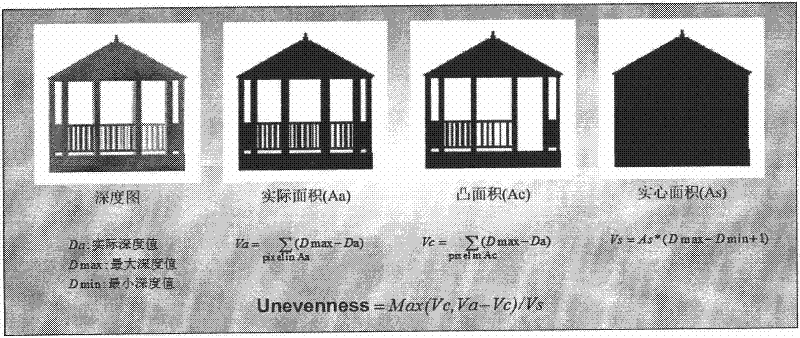Method for matching and retrieving three-dimensional building models based on shape recognition
A technology of architectural models and models, applied in the field of spatial information, can solve the problems of low accuracy of data and models, and the urgent need to improve the accuracy of urban 3D model search and matching, and achieve the effect of both accuracy and efficiency
- Summary
- Abstract
- Description
- Claims
- Application Information
AI Technical Summary
Problems solved by technology
Method used
Image
Examples
Embodiment 1
[0033] A three-dimensional building model library is established to implement the method of the present invention. The constructed database contains a total of 13,502 3D building models, including warehouses, ordinary houses, skyscrapers, tower buildings, castles, domes, Gothic buildings, Roman buildings, pavilions, bridges, stadiums, tents and some others type of building facility. Using the building model library, different shape description operators and similarity measurement methods are compared.
[0034] The cognitive-based shape matching method of the present invention uses the Shell and Unevenness descriptors as the global feature classification basis in the model pre-classification process, and further uses the Horizontal LightField to describe the L1 distance weighting of the operator and the classification results in more detail. similarity calculation and sorting. In order to compare the impact of different descriptor selection methods on matching, such as imag...
PUM
 Login to View More
Login to View More Abstract
Description
Claims
Application Information
 Login to View More
Login to View More - R&D
- Intellectual Property
- Life Sciences
- Materials
- Tech Scout
- Unparalleled Data Quality
- Higher Quality Content
- 60% Fewer Hallucinations
Browse by: Latest US Patents, China's latest patents, Technical Efficacy Thesaurus, Application Domain, Technology Topic, Popular Technical Reports.
© 2025 PatSnap. All rights reserved.Legal|Privacy policy|Modern Slavery Act Transparency Statement|Sitemap|About US| Contact US: help@patsnap.com



